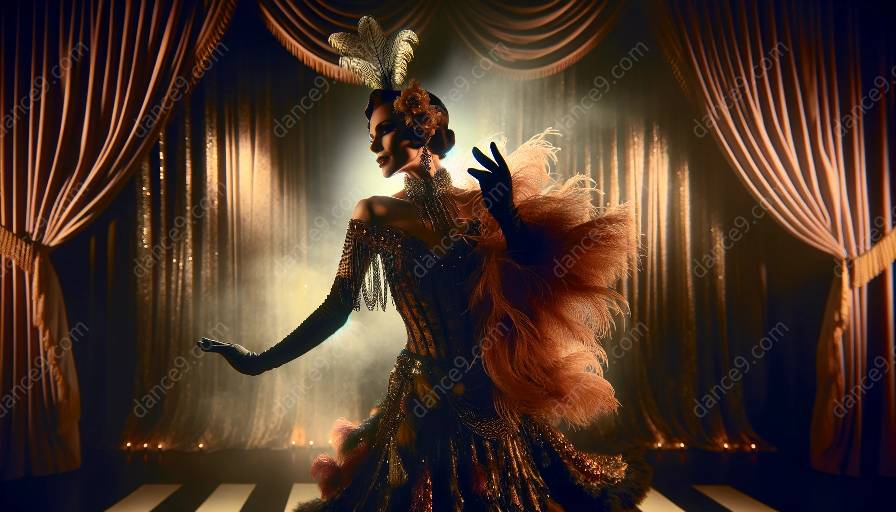Burlesque is a dynamic and expressive art form with a rich history that has captivated audiences for centuries. In order to truly appreciate the art of burlesque, it's essential to delve into its origins and understand the cultural, social, and artistic influences that have shaped it over time.
The Beginnings of Burlesque
The origins of burlesque can be traced back to the 17th century, where it emerged as a form of theatrical entertainment that parodied and satirized the serious works of the time. Burlesque performances often featured comedic elements, exaggerated characters, and risqué humor, providing a form of escapism for audiences.
As burlesque evolved, it became associated with vaudeville shows and variety entertainment, blending elements of comedy, music, dance, and theatricality. This eclectic mix of performance styles contributed to the colorful and diverse nature of burlesque, setting it apart as a unique and boundary-pushing art form.
Cultural Influences
One of the defining features of burlesque is its ability to embrace and reflect the cultural influences of its time. Throughout history, burlesque has been shaped by societal attitudes, political events, and shifts in popular culture, mirroring the changing dynamics of the world around it.
From the allure of the Roaring Twenties to the provocative energy of the 1960s counterculture, burlesque has adapted and transformed, embracing new styles and themes along the way. Its ability to evolve and remain relevant has contributed to its enduring appeal and its continued presence in dance classes and performance arts today.
The Evolution of Burlesque
As burlesque made its way through different cultural eras, it underwent various transformations, giving rise to different subgenres and styles. In the 19th century, burlesque shows featured extravagant costumes, elaborate sets, and daring choreography, setting the stage for the visually stunning and expressive performances that are celebrated in dance classes today.
During the 20th century, burlesque experienced a resurgence, blending elements of traditional vaudeville with modern twists and influences. This revival breathed new life into the art form, inspiring a new generation of performers and enthusiasts to embrace burlesque as a powerful form of artistic expression.
Burlesque in Dance Classes
In contemporary dance classes, the legacy of burlesque lives on, inspiring students to explore their creativity, confidence, and sensuality. Through the art of burlesque, dancers can tap into a powerful mode of self-expression, embracing movement, storytelling, and the freedom to redefine beauty and empowerment on their terms.
By immersing themselves in the origins and evolution of burlesque, students in dance classes can gain a deeper understanding of the art form and its cultural significance. They can draw inspiration from the vibrant history of burlesque, infusing their own performances with the spirit of creativity, authenticity, and innovation.
Embracing the Art of Burlesque
As we celebrate the origins of burlesque and its enduring impact on dance classes and performance arts, it's essential to recognize the diversity, resilience, and spirit of empowerment that define this captivating art form. From its humble beginnings as a form of theatrical parody to its status as a beloved and boundary-pushing art form, burlesque continues to inspire and captivate audiences across the world, leaving an indelible mark on the realms of dance, entertainment, and self-expression.













































































